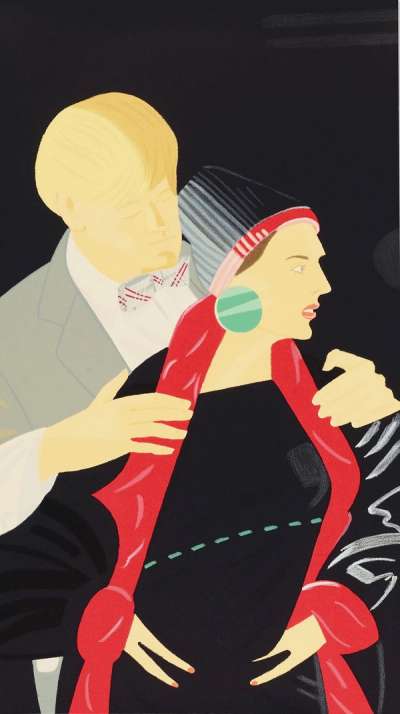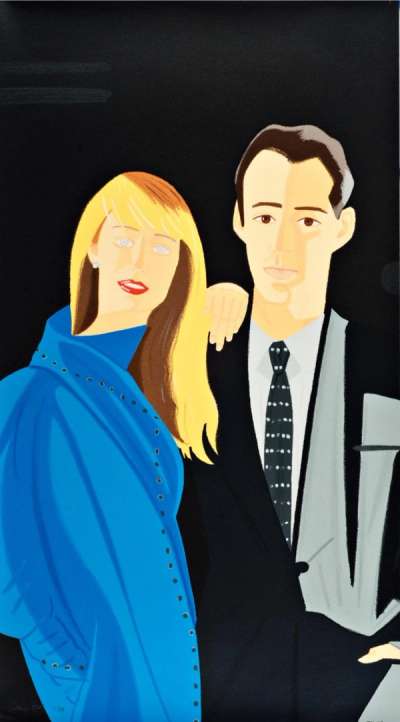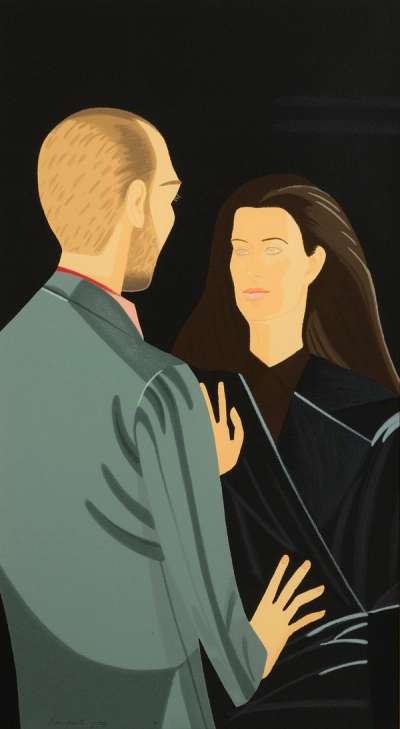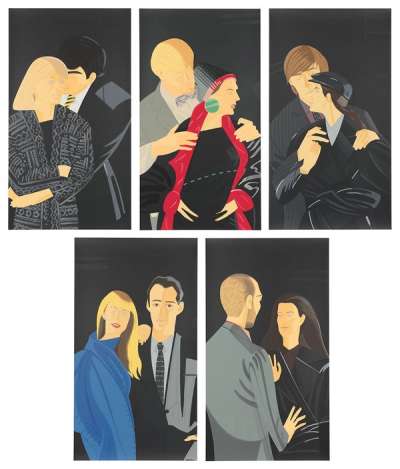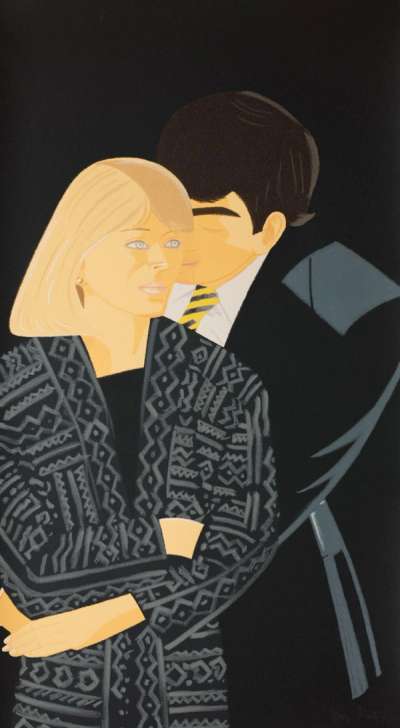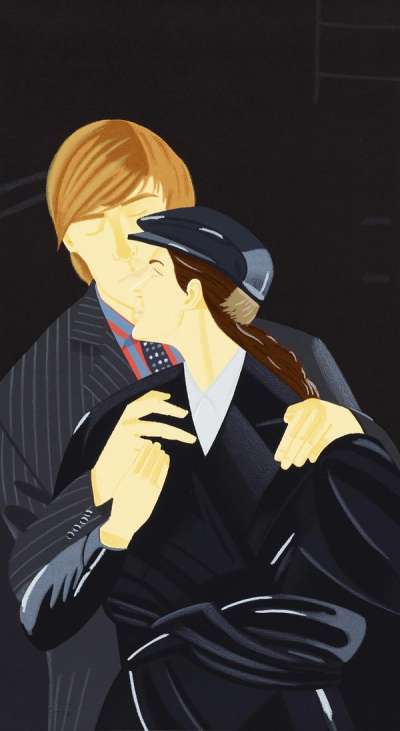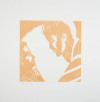Pas
De Deux
Alex Katz's Pas De Deux screenprint series, made between 1993-94 is a striking exploration of partnership and duality, presented through a collection of portraits. Each piece captures intimate moments between creative pairs, reflecting Katz's nuanced approach to portraiture and his adeptness at conveying complex interpersonal dynamics through his simplified, yet deeply expressive visual language.
Alex Katz Pas De Deux For sale
Pas De Deux Value (5 Years)
With £28828 in the past 12 months, Alex Katz's Pas De Deux series is one of the most actively traded in the market. Prices have varied significantly – from £980 to £16000 – driven by fluctuations in factors like condition, provenance, and market timing. Over the past 12 months, the average selling price was £5765, with an average annual growth rate of -2.57% across the series.
Pas De Deux Market value
Auction Results
| Artwork | Auction Date | Auction House | Return to Seller | Hammer Price | Buyer Paid |
|---|---|---|---|---|---|
 Pas De Deux V (Red Grooms And Liz Ross) Alex Katz Signed Print | 17 Jul 2025 | Christie's New York | £2,380 | £2,800 | £3,750 |
 Pas De Deux IV (Vicki Hudspith And Wally Turbeville) Alex Katz Signed Print | 16 May 2025 | Schloss Ahlden Fine Art Auctioneers | £3,230 | £3,800 | £4,750 |
 Pas De Deux (complete set) Alex Katz Signed Print | 19 Sept 2024 | Phillips London | £12,750 | £15,000 | £20,000 |
 Pas De Deux III (Francesco And Alba Clemente) Alex Katz Signed Print | 24 Feb 2022 | Rago | £4,165 | £4,900 | £6,500 |
 Pas De Deux I (David Salle And Janet Leonard) Alex Katz Signed Print | 9 Dec 2017 | Koller Zurich | £2,253 | £2,650 | £3,300 |
Sell Your Art
with Us
with Us
Join Our Network of Collectors. Buy, Sell and Track Demand
Meaning & Analysis
The Pas De Deux series by Alex Katz delves into the intricate dynamics of creative and personal partnerships, capturing the essence of each relationship through the artist's refined and emblematic style. The series title, a term borrowed from ballet that refers to a ballet dance duet, metaphorically frames the series' exploration of partnership, synergy, and mutual support. Katz's portrayal of each pair, set against stark or minimally detailed backgrounds, focuses the viewer's attention on the subjects' interconnectedness, their poses and expressions hinting at their individual personalities as well as their collective identity.
Katz's choice of subjects - couples who are often creative collaborators themselves - is suggestive of a dialogue not only between the figures within each portrait but also between their respective artistic practices. Katz's depiction of couples and their body language in this series demonstrates his interest in the spaces between people and how that can be used to trace the emotional and intellectual bonds that connect them.
The use of bold colour blocks, fluid lines, and thoughtful composition in the Pas De Deux series underscores Katz's mastery of form and his ability to distill complex human interactions into visually compelling narratives. Each work, while maintaining Katz's characteristic aesthetic of flat planes and reduced detail, conveys a sense of movement and depth, reflecting the dynamic nature of the relationships depicted.
